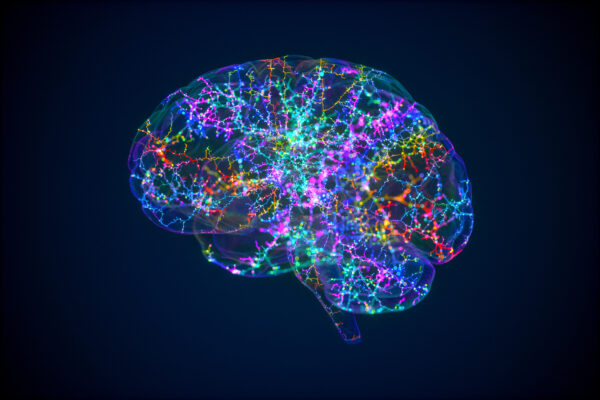Longevity Brain Supplements
$49.00
Kynurenine Pathway and Neuro-Inflammation
The kynurenine pathway is the primary route for tryptophan metabolism in humans. Almost 95% of tryptophan, an essential amino acid, is metabolized through this pathway, leading to the production of various bioactive compounds. The kynurenine pathway has gained significant attention in the scientific community due to its role in various physiological processes, including the immune response, neuroprotection, and neurotoxicity. Moreover, its perturbation is linked to a variety of inflammatory and neurodegenerative disorders.
Analytes tested:
Available on backorder
Description
Kynurenine Pathway of Tryptophan Metabolism and Neuroinflammation
The kynurenine pathway (KP) of tryptophan metabolism plays a crucial role in the balance between neuroprotection and neurotoxicity. Dysregulation of this pathway has been associated with several neurodegenerative and neuropsychiatric disorders, largely due to the potential role of KP metabolites in mediating neuroinflammation.
- Initiation of the Pathway: The metabolism of tryptophan via the kynurenine pathway begins with its conversion into kynurenine. This step is catalyzed by two primary enzymes: indoleamine 2,3-dioxygenase (IDO) and tryptophan 2,3-dioxygenase (TDO). Both enzymes can be induced by pro-inflammatory stimuli, especially IDO, which is upregulated by pro-inflammatory cytokines like interferon-gamma (IFN-γ).
- Neuroactive Metabolites:
- Kynurenic Acid (KYNA): Produced in astrocytes, KYNA acts as an antagonist at NMDA and α7 nicotinic acetylcholine receptors. It has neuroprotective effects but, in elevated concentrations, might also contribute to cognitive dysfunctions.
- Quinolinic Acid (QUIN): This is synthesized in microglia and acts as an NMDA receptor agonist. Elevated levels can lead to excitotoxicity, which is damaging to neurons and is associated with several neurodegenerative conditions.
- Neuroinflammation: An imbalance favoring the production of QUIN over KYNA can contribute to neuroinflammation. QUIN’s agonistic action on NMDA receptors can lead to excitotoxic neuronal death. Moreover, QUIN can generate reactive oxygen species (ROS) and exacerbate inflammation. Chronic inflammation can upregulate IDO, leading to a sustained increase in kynurenine metabolites, which further skews the balance towards neurotoxic effects.
- Role in Neurodegenerative Diseases: Dysregulation of the kynurenine pathway is observed in various neurodegenerative conditions, including:
- Alzheimer’s Disease (AD): Elevated levels of QUIN and reduced KYNA levels have been reported in the brains of AD patients. QUIN can promote amyloid-beta aggregation, a hallmark of AD pathology.
- Parkinson’s Disease (PD): KP dysregulation is suggested to be involved in the dopaminergic neuronal loss characteristic of PD.
- Huntington’s Disease (HD): Elevated QUIN levels have been observed in the brains of HD patients and are believed to contribute to the striatal neurodegeneration seen in HD.
- Neuropsychiatric Implications: Changes in the KP have also been associated with neuropsychiatric disorders like depression, schizophrenia, and bipolar disorder. The balance between KYNA and QUIN can influence neurotransmission, synaptic plasticity, and neural integrity, potentially leading to mood and cognitive disturbances.







